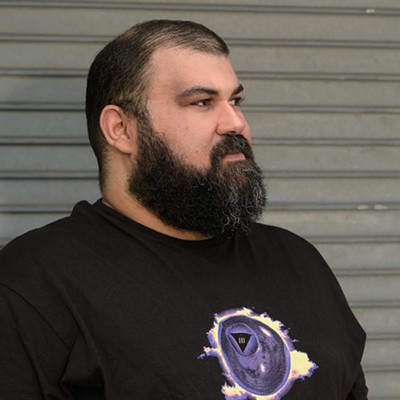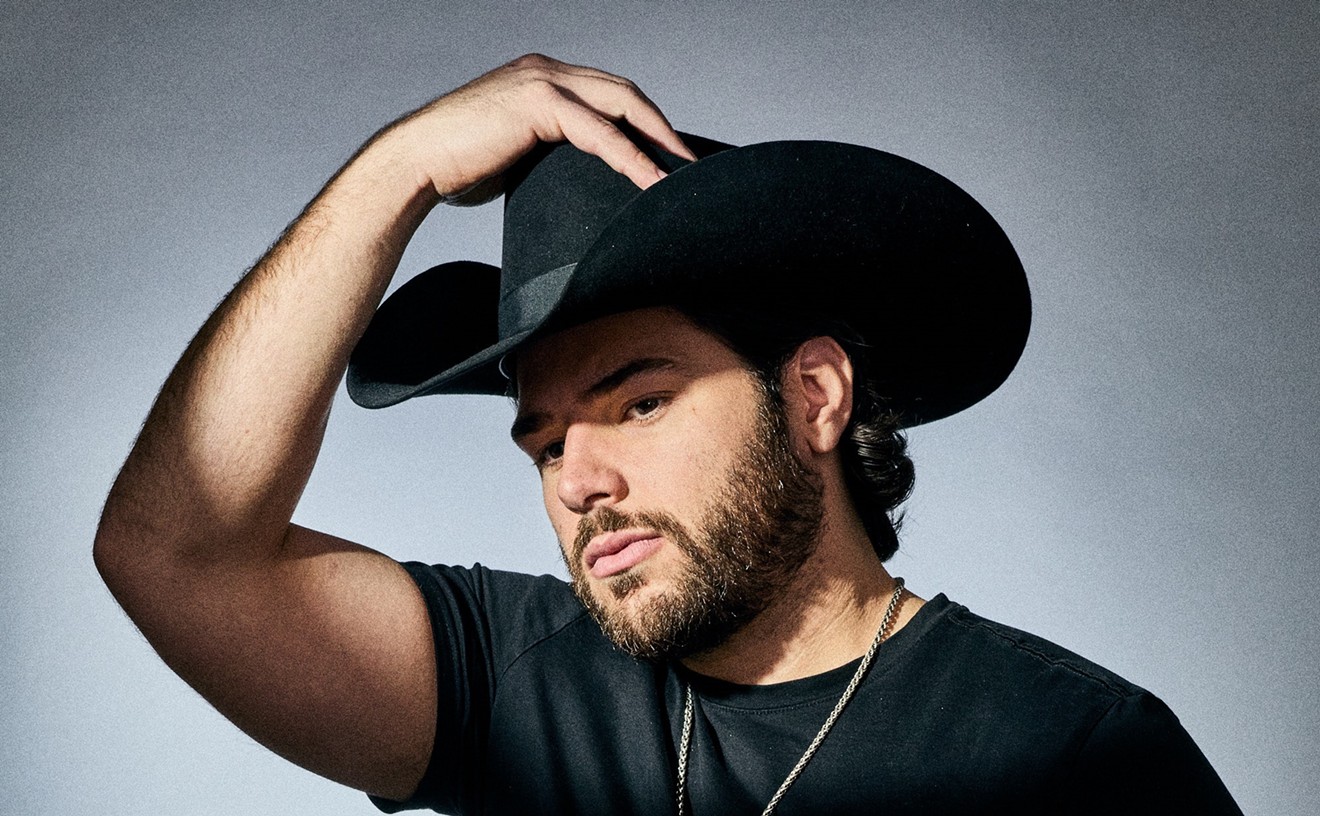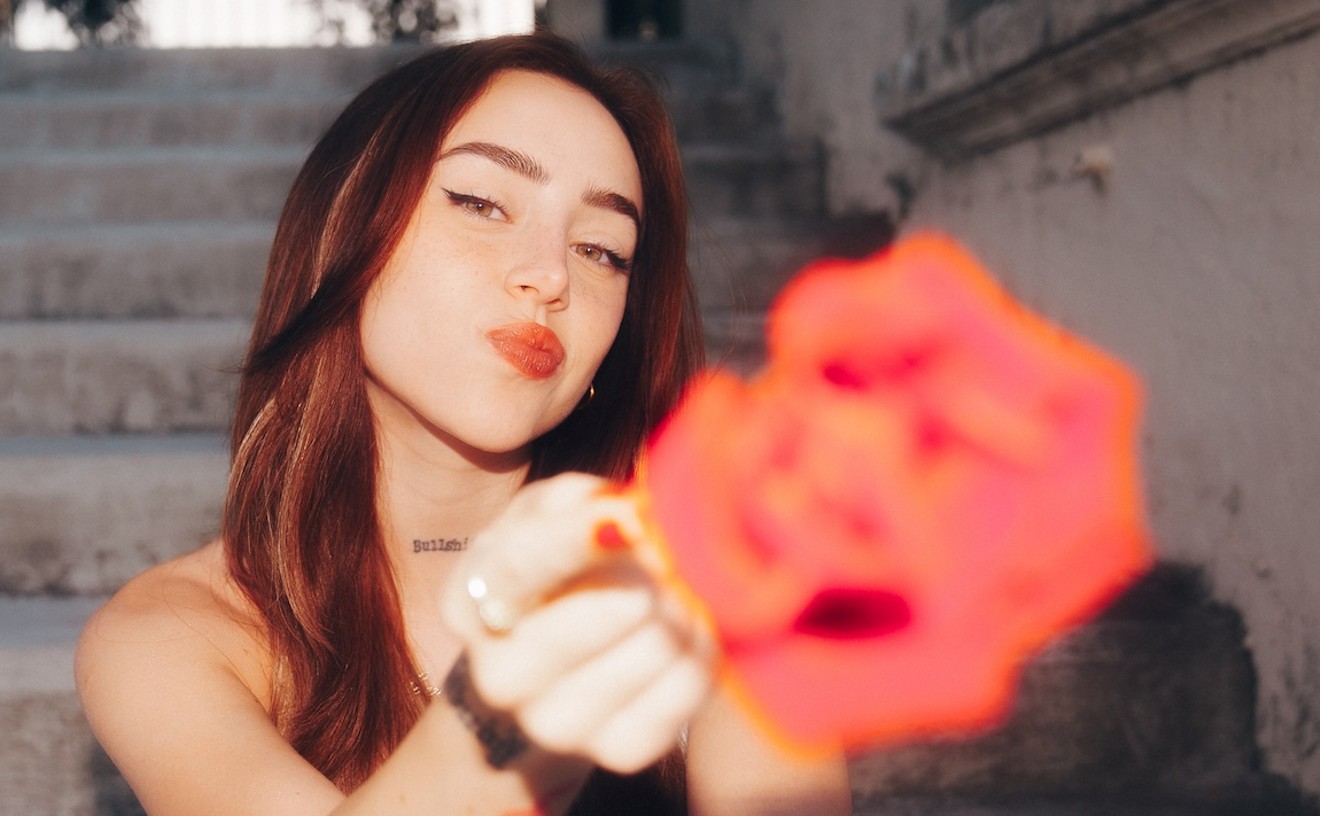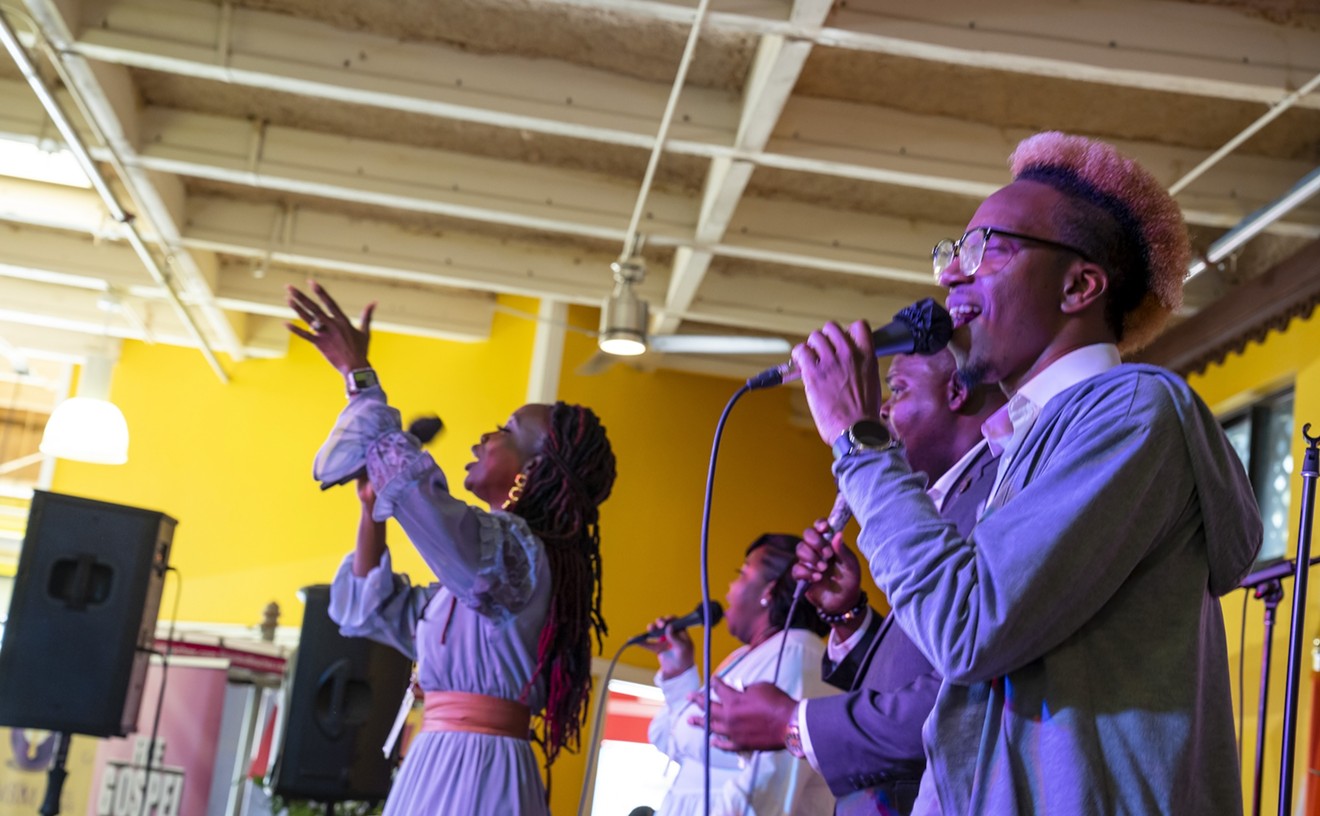With throngs of spring breakers set to invade the 305 for nonstop partying this Miami Music Week, it's hard not to be in awe of how quickly dance music has been commodified. The genre is now also a lifestyle that can be sold by energy drinks and liquor brands.
Then there are the DJs — Avicii, Skrillex, Martin Garrix, Diplo, Deadmau5, and the flavor of the month atop the Billboard chart. Beyond capitalizing on EDM's surge in popularity, they also represent a homogeneity that permeates the genre. It's the sort of trend that, once noticed, spawns a million think pieces about how dance music is a white man's game and spurs the creation of music collectives such as Nap Girls and
It's a
"It leveled the playing field. Everyone was equal on the dance floor."
tweet this
Miami wasn't much different. After the Cocaine Cowboys turned the Magic City into Paradise Lost in the 1970s and '80s, all that was left was a wasteland of crumbling art-deco buildings and a deserted urban core.
However, around the late '80s, gays, bohemians, and other quirky characters, lured by cheap rent and year-round sunshine, began moving to South Beach. They found that God's waiting room wasn't so bad, and for the most part, the seemingly lawless nature of the city allowed for a pretty much anything-goes way of living that translated nicely to nightlife.
South Beach's free-spiritedness eventually gave way to an amazing array of nightclubs and music styles. Legendary venues such as Salvation, Amnesia, Warsaw Ballroom, Liquid, Living Room, and Velvet all came and went during the '90s, but all left an indelible mark on the local history of dance music.
"Because everyone was so international at that time, lyrics weren't really important — it was mostly about the music and the sound," says Tommy
"I never understand where [Salvation] found 4,000 homosexuals — 4,000 muscle-circuit queens every Saturday to fill the club,"
To understand the history of house music, one needs to understand its gay origins in places such as Paradise Garage in New York and the Warehouse in Chicago. Given its current, whitewashed format, it's hard to believe house music was once gay music pioneered by blacks and Latinos.
The accepted mythology is that house music got its name in the early
"Paradise Garage, with [resident DJ] Larry Levan at the helm, was a black and Latino gay room, and the lines were down the block for one reason only: the music and the way it was
Miami has always had its place in dance music history, according to Ophir. In fact, the city contributed heavily to the prototype of modern-day dance music: disco. Groups like KC & the Sunshine Band called Miami home, and landmark albums like the Saturday Night Fever soundtrack were recorded in the Magic City at Criteria Studios, known today as the Hit Factory.
So when house music began trickling down to South Beach in the late '80s, Miami's gay clubs were the place to hear the new sounds that hadn't yet reached the mainstream.
"Miami had a great resident DJ community," Ophir explains. "There wasn't the great need or want to fly in resident
Ophir says the line between South Beach's gay and straight clubs began blurring as house music's popularity rose, and mid-'90s venues such as Groove Jet and Velvet started to create what Ophir refers to as an "everyone-is-welcome vibe." The music acted as a hinge, connecting gay and straight.
Lighting designer Allegra Riggio vividly remembers South Beach's early nightlife scene. She moved to the area in
"I started as a go-go dancer at Velvet in 1993," Riggio says. "I ended up getting into lighting because I got sick of South Beach as a jaded 19-year-old."
Riggio worked the lights at South Beach's Salvation, and every night she would watch a diverse spectrum of talent command partygoers and work the room, including resident DJ Abel, who is still a popular fixture on today's gay club circuit.
"He was a master at weaving music," Riggio says. "It's very sad that when you learn about how to manipulate an audience's energy from somebody who's a master like Abel and DJs who were hugely popular back in the day like Danny Tenaglia and Carl Cox — these legends of music — and you see people now who are just pushing a button. It's like the idiot Olympics."
Beyond button-pushing, the biggest problem with today's EDM tag is the way it diminishes the contributions made by gays and minorities. Few fans today know that dance music wasn't created in an 18-year-old Dutch kid's bedroom but by the skilled turntablists who saw music as an outlet for free expression when members of the LGBT community had
Ophir hasn't forgotten that fact, and he hopes others will educate themselves too. "Never forget that the roots were always in the cities and the dance floors that would be considered taboo to the average guy and girl out there."











